
Racquet Sports and Overuse of Forearm Muscles
Tennis elbow, medically known as lateral epicondylitis, is a type of overuse injury that often arises due to repetitive use of the forearm muscles and tendons, especially in racquet sports. This is why the term “tennis elbow” exists, as those who regularly play tennis are more susceptible due to the strain that this sport puts on the forearm. However, it’s not just the regularly racquet sports players who are susceptible; anyone who repeatedly uses their forearms and wrists in a way that puts stress on the elbow joint could develop this condition.
Contrary to its name, it’s not only racquet sports that can lead to tennis elbow. It can also be caused by any repetitive strenuous activity that involves the muscles and tendons of the forearm, such as gardening, painting, or excessive use of a computer mouse or keyboard. Doctors have found that people who get tennis elbow typically have some degenerative changes in the tendons that attach to the lateral epicondyle, typically due to overuse.
Symptoms of Tennis Elbow Include Pain and Stiffness
The symptoms of tennis elbow include a pain that gradually worsens over weeks or months, a weakness in the forearm and a painful grip during certain activities. The pain is often centered on the outside of your arm, where your forearm meets your elbow. Over time, this discomfort can often manifest as a constant ache in the elbow, even during resting periods.
Apart from the pronounced elbow joint pain, other symptoms may include morning stiffness, forearm weakness, a dull ache which worsens when the elbow is used, and occasionally, an inability to hold or grip objects. The intensity of these symptoms can vary from person to person, based on the severity of the injury.
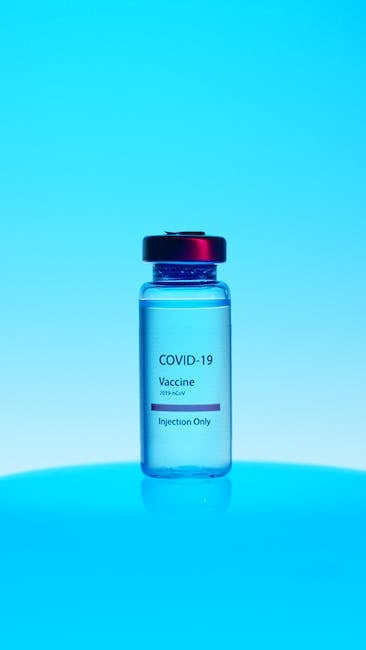
How is Tennis Elbow Diagnosed?
When diagnosing tennis elbow, doctors usually start with a physical examination and then proceed to confirm the diagnosis through ray or MRI. The doctor will apply pressure to the affected area or ask the patient to move their elbow, wrist, and fingers in various ways to determine where there’s pain.
Sometimes, an X-ray or MRI (Magnetic Resonance Imaging) might be used to get a more detailed view of the elbow joint. In some cases, electromyography (EMG) might be used to rule out nerve compression. It’s important to remember that while the pain is evident, tennis elbow isn’t clearly visible in imaging tests.
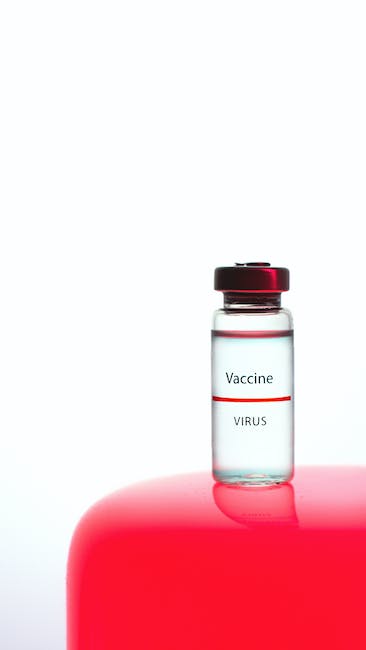
Treating Tennis Elbow Through Physical Therapy
Physical therapy is one of the most effective treatments for tennis elbow. It involves exercises that stretch and strengthen the muscles, which can help to ease the pain and prevent further injuries. Therapists may also use techniques such as massage or ultrasound to help reduce pain and inflammation and break up scar tissue.
In addition to exercises, your physical therapist may also recommend using a brace or a special type of bandage to help support your arm and alleviate the strain on the affected muscle. This is particularly helpful for those who cannot avoid the activity that triggered tennis elbow, allowing them to continue their actions with less pain.
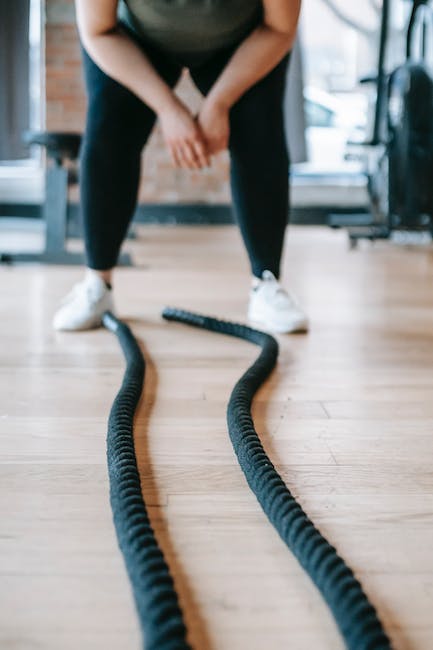
Steroid Injections and Anti-Inflammatory Medications
Doctors often recommend steroid injections to help reduce the inflammation and pain associated with tennis elbow. Steroids are very effective anti-inflammatory drugs that can offer temporary relief. However, they are typically not the first line of treatment, as they can have side effects.
Non-stereotypical anti-inflammatory drugs (NSAIDs) can alleviate the pain and inflammation caused by tennis elbow. These drugs, including ibuprofen or naproxen, can be taken orally or applied as a cream directly on the painful area. Always consult your doctor before starting any new medication to ensure it’s safe for you.
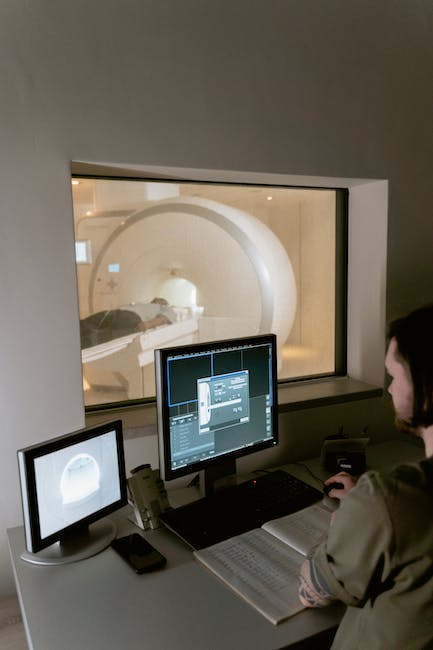
Shock Wave Therapy to Break Up Scar Tissue
Another treatment method is shock wave therapy. This method sends sound waves to the affected area to stimulate healing and is claimed to break up scar tissue. It’s often used if pain persists after other treatments have been tried.
While generally safe, it can cause side effects such as redness, swelling, bruising, and numbness. The extent of these side effects can vary from person to person and is influenced by the specific characteristics of the treatment.
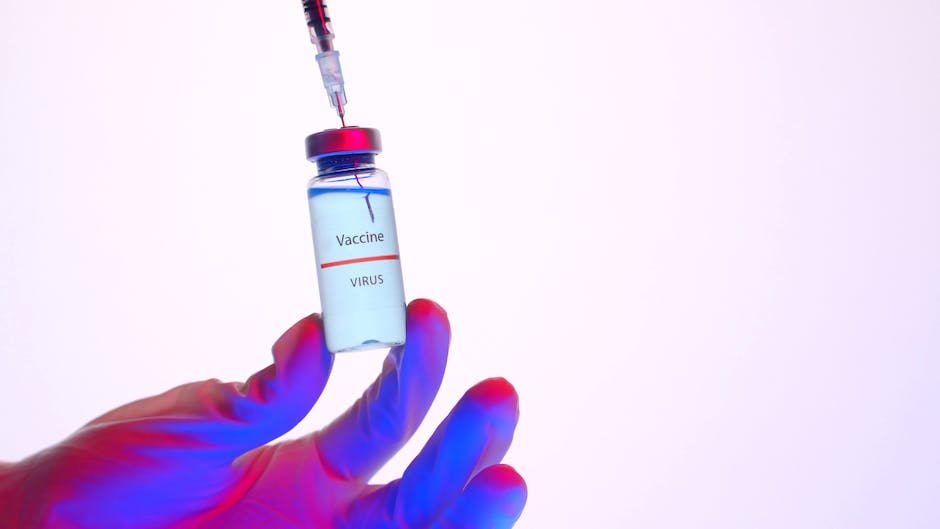
Adopting a Lifestyle to Prevent Tennis Elbow
There is a range of measures that could prevent tennis elbow. These include improving the technique and equipment used in sports or occupational activities, adopting regular stretching and strengthening exercises, and taking frequent breaks during repetitive tasks.
To specifically safeguard against tennis elbow while playing racquet sports, it’s important to get a racquet that fits, not grip the racquet too tightly, and avoid hitting the ball with the arm fully extended and the wrist dropped. By integrating these healthy practices into your lifestyle activities, it is possible to curb the chances of developing tennis elbow.
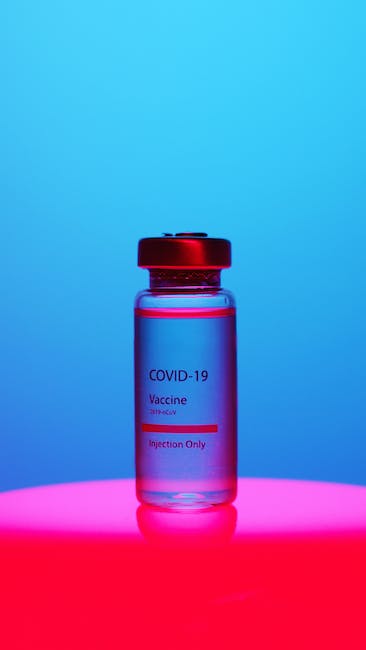
FAQ Section
H3 What triggers a tennis elbow?
Overuse of forearm muscles, especially in racquet sports, can lead to tennis elbow.
H3 Can people, who don’t play tennis, get a tennis elbow?
Yes, any repetitive strenuous activity that involves the forearm muscles and tendons, such as gardening, painting or plumbing, can also lead to tennis elbow.
H3 Could left untreated tennis elbow lead to complications?
Yes, untreated tennis elbow can lead to chronic elbow pain or limited range of motion.
H3 Are steroid injections for tennis elbow safe?
Yes, but they can have side effects. Therefore, they are not typically the first line of treatment.
H3 How can shock wave therapy help with tennis elbow?
Shock wave therapy stimulates healing and is claimed to break up scar tissue.
H3 Is physical therapy effective for tennis elbow?
Yes, it can help to stretch and strengthen the muscles, reduce pain and prevent further injuries.
H3 What are the symptoms of tennis elbow?
Symptoms include a gradual onset of pain, a weakened grip, and a persistent ache in the elbow joint.
H3 How is tennis elbow diagnosed?
It is diagnosed primarily by physical examination, with some cases demanding further tests like X-ray or MRI.
H3 What are the treatment options for tennis elbow?
Treatments can include physical therapy, pain relievers, steroid injections, shock wave therapy, and in some severe cases, surgery.
H3 Can tennis elbow be prevented?
Yes, measures such as adopting accurate techniques and equipment in sports, doing regular stretching and strengthening exercises, and taking frequent breaks during strenuous tasks can help prevent tennis elbow.





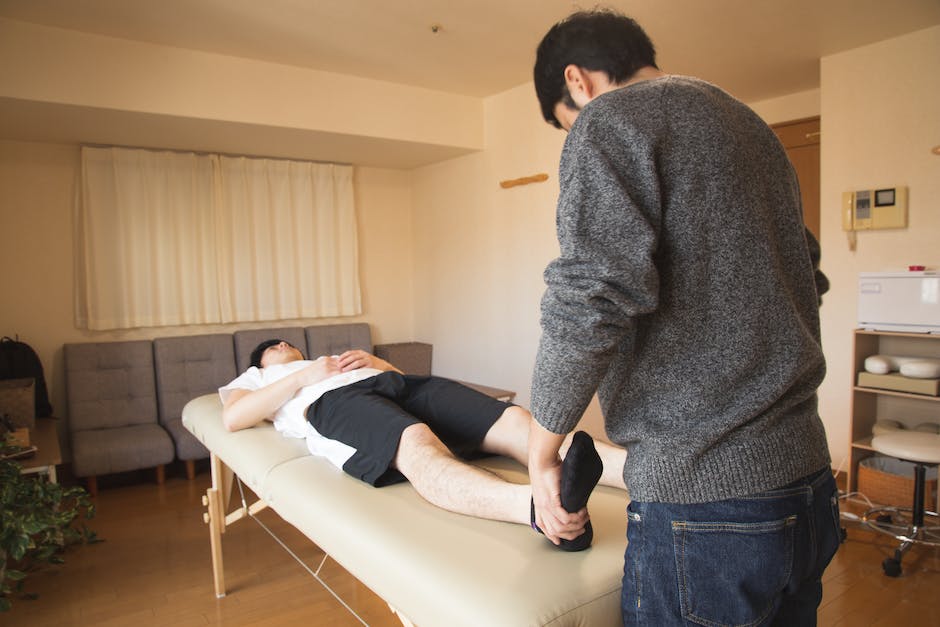


No Comment! Be the first one.